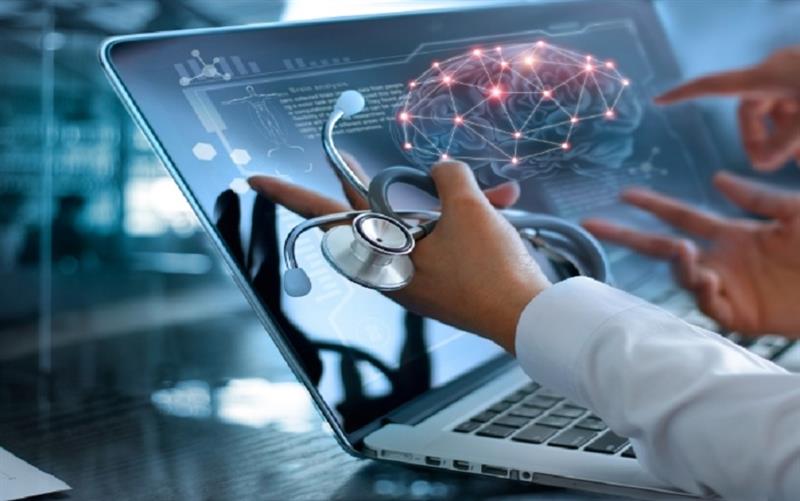
Software as a Medical Device (SaMD) represents a transformative force in modern healthcare, offering innovative solutions across various aspects of patient care, clinical practice, and healthcare administration. From diagnosis and treatment planning to remote monitoring and patient engagement, SaMD enhances efficiency, accuracy, and accessibility in healthcare delivery.
By leveraging advanced technologies such as artificial intelligence, machine learning, and data analytics, SaMD enables healthcare professionals to make informed decisions, personalize treatments, and improve patient outcomes. Furthermore, SaMD empowers patients to take an active role in managing their health and well-being through interactive tools and educational resources.
As the healthcare landscape continues to evolve, the role of SaMD will likely expand, driving further advancements in medical technology, research, and patient care. However, it's essential to ensure that SaMD solutions adhere to rigorous regulatory standards, data privacy regulations, and ethical guidelines to maximize their benefits and minimize potential risks.
Software as a Medical Device (SaMD) plays a crucial role in modern healthcare, offering various applications and benefits. Here are some leading uses:
1. Diagnosis and Monitoring:
SaMD aids healthcare professionals in diagnosing diseases and monitoring patient health. For instance, AI-powered diagnostic software can analyze medical images like X-rays or MRIs to detect abnormalities or assist in diagnosing conditions like cancer or neurological disorders.
2. Treatment Planning and Decision Support:
SaMD assists clinicians in developing treatment plans by providing data-driven insights and recommendations based on patient-specific information. This can include personalized medication dosing, therapy recommendations, or surgical planning.
3. Telemedicine and Remote Patient Monitoring:
SaMD enables remote consultations and monitoring of patients outside traditional healthcare settings. Remote monitoring tools collect patient data such as vital signs, activity levels, and medication adherence, allowing healthcare providers to remotely track patient health and intervene when necessary.
4. Health and Wellness Apps:
SaMD encompasses a wide range of health and wellness apps designed for consumers to manage their health and well-being. These apps can track fitness activities, monitor nutrition, manage chronic conditions like diabetes or hypertension, and provide personalized health tips and reminders.
5. Clinical Decision Support Systems (CDSS):
SaMD includes CDSS that provide healthcare professionals with evidence-based guidelines, clinical protocols, and decision support tools at the point of care. CDSS can help improve diagnostic accuracy, reduce medical errors, and optimize treatment outcomes by integrating patient data with relevant medical knowledge.
6. Healthcare Administration and Management:
SaMD supports various administrative functions within healthcare organizations, such as electronic health records (EHR) systems, medical billing and coding software, scheduling platforms, and inventory management systems. These tools streamline workflows, improve efficiency, and enhance patient care coordination.
7. Patient Engagement and Education:
SaMD includes patient engagement platforms and educational resources that empower patients to take an active role in managing their health. These tools provide access to personalized health information, educational content, and interactive features to promote health literacy and adherence to treatment plans.
8. Clinical Research and Drug Development:
SaMD plays a vital role in clinical research and drug development by facilitating data collection, analysis, and interpretation. Clinical trial management systems, electronic data capture tools, and predictive analytics platforms powered by SaMD help researchers streamline clinical trials, accelerate drug discovery, and improve patient recruitment and retention.
9. Medical Imaging Software:
Analyzes information from medical imaging to aid in diagnosis, gauge the course of a condition, and determine prognosis. One of the sectors of digital healthcare that is expanding the fastest is medical imaging [5], which has given rise to a variety of modalities including CT, MRI, and ultrasound scans.
10. Remote Patient Monitoring (RPM) Software:
As a result, choosing the best platform to provide care to patients in their homes is made simpler for the NHS and care organizations. People who work in health and social care are supported by innovation collaboratives like the FutureNHS virtual collaboration platform. They can work more quickly and make a significant difference while still making sure that the patient is at the center of their solutions.
11. Surgical Planning Software:
It helps surgeons plan procedures by analyzing scope camera photos and creating 3D representations of information (such as vessels to avoid). It helps with the assessment of intricate anatomy and serves as a guide for surgeons during operations.
12. Telemedicine Software:
During the pandemic, video-enabled healthcare services shown their benefits and necessity; they are here to stay. They provide a number of features from the same platform, such as payment, test result transfers, and in-app video conferencing. According to a report, the UK has the most developed telemedicine market out of five EU nations [6] in terms of reimbursement, legislation, and the use of platforms like Push Doctor and Babylon.